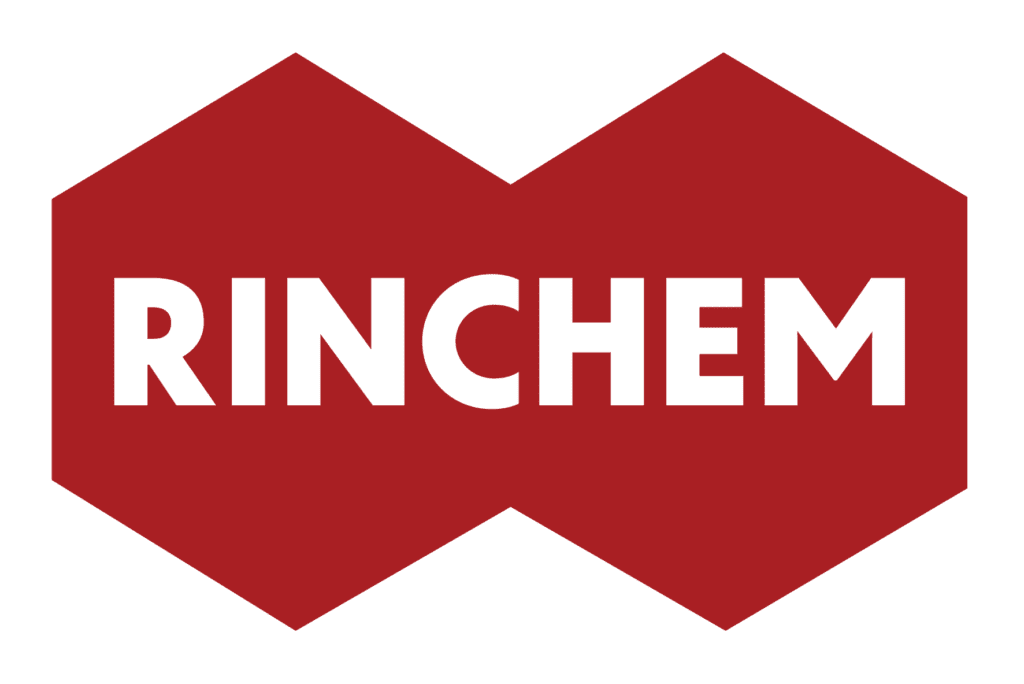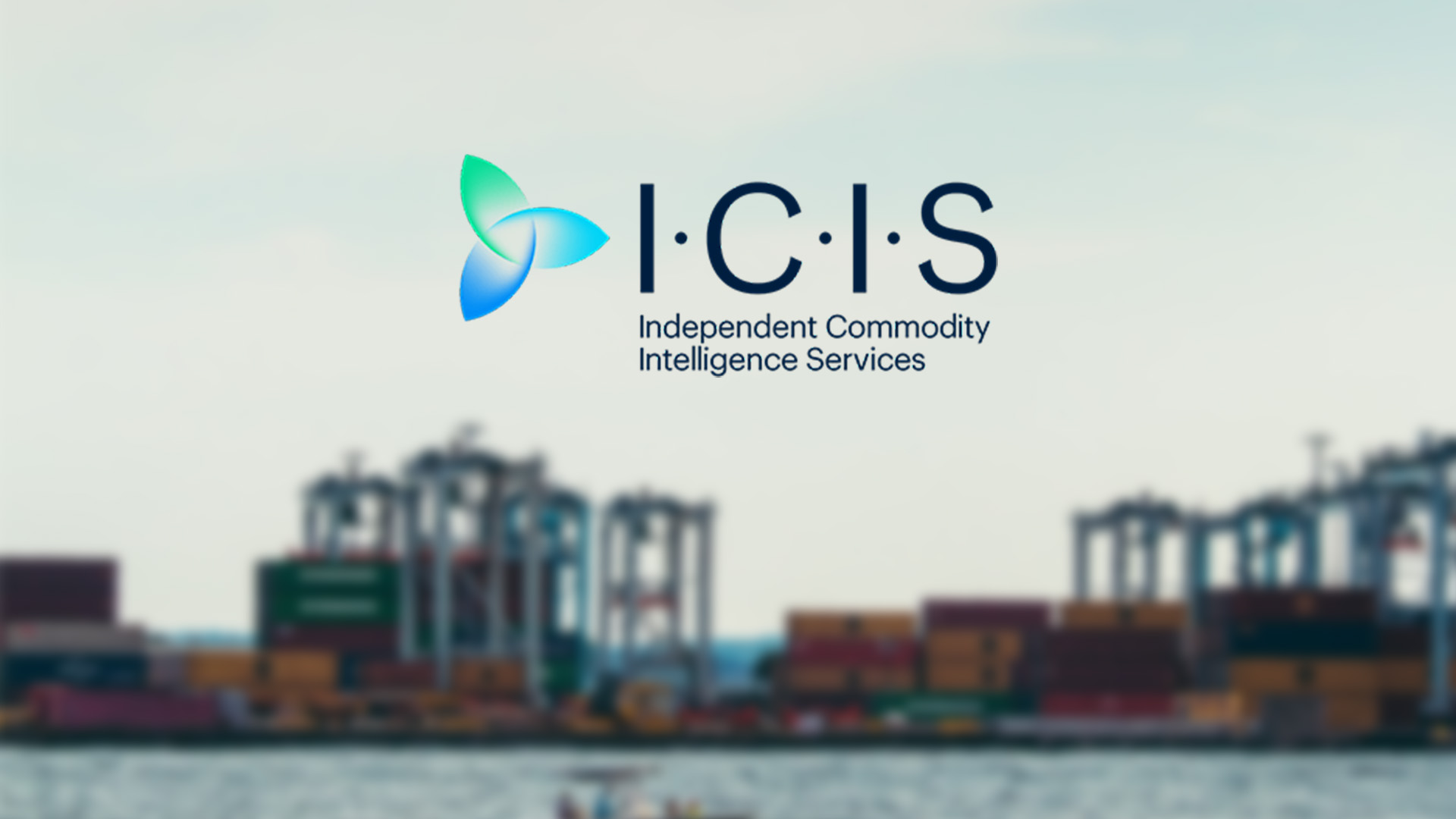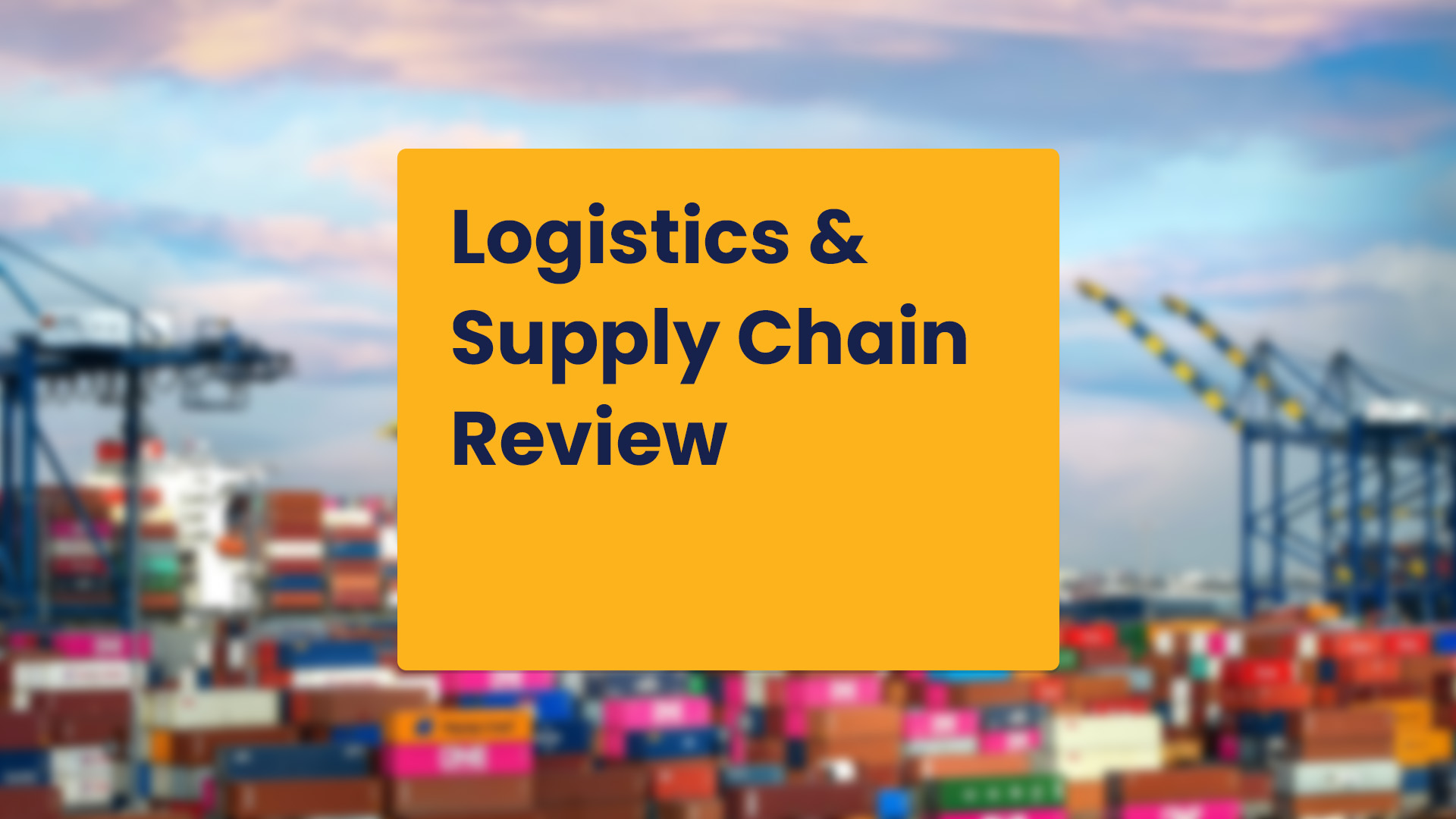Cold chain management is a critical component of the chemical logistics process. Proper temperature-controlled transportation, storage, and handling of chemicals is crucial to ensuring the quality, safety, and efficacy of the products. In the chemical industry, cold chain management is particularly important due to the high value and hazardous nature of the products. Additionally, the precision of semiconductor technology is driving the need for stricter standards and specifications for chemical storage, such as temperature and light exposure. All this meticulousness ensures the consistent and reliable production of cutting-edge semiconductor devices.

Drawing from our extensive experience in managing the supply chains of leading global semiconductors manufacturers, Rinchem has outlined our top 10 best practices for Cold Chain Practices in Chemical Logistics.
-
Develop a Comprehensive Cold Chain Management Plan
-
Choose Appropriate Temperature-Controlled Packaging
-
Use Temperature Monitoring Devices
-
Train Personnel on Cold Chain Management Procedures
-
Maintain Proper Temperature Conditions During Transportation
-
Ensure Proper Temperature Conditions During Storage
-
Implement Good Warehouse Practices
-
Use Reliable Transportation Providers
-
Implement a Contingency Plan for Temperature Excursions
-
Conduct Regular Audits of Cold Chain Management Processes
A comprehensive cold chain management plan is essential to ensuring the quality and safety of chemical products. This plan should include detailed procedures for temperature monitoring, storage, handling, transportation, and emergency response. It should also outline roles and responsibilities for all parties involved in the cold chain, including manufacturers, shippers, and distributors.
Proper packaging is crucial in maintaining the temperature of chemical products during transportation. It's important to choose packaging that is designed specifically for the temperature range required for the product. This packaging should also provide adequate insulation and protection from external temperature fluctuations.
Temperature monitoring devices are essential in maintaining the quality and safety of chemical products. These devices can provide real-time temperature data during transportation and storage, allowing for immediate action in the event of a temperature excursion. There are various types of temperature monitoring devices available, including data loggers, temperature sensors, and wireless temperature monitoring systems.
Rinchem uses PIMM temperature monitoring. Sensors are placed in each room there is temperature control. These units record live data and transmit information via email, text, and application. Upper and lower control limits are used to provide signals to operations if temperatures are changing within each warehouse room. This allows Rinchem to make changes to thermostats or call-in service providers well before the rooms go out of specification. All temperature monitoring devices are wired in and are on generator power if needed.
Proper training of personnel involved in the cold chain ensures all procedures are followed correctly. This training should cover all aspects of cold chain management, including temperature monitoring, storage, handling, transportation, and emergency response. Ongoing training and refresher courses should also be provided to ensure that personnel are up-to-date on the latest procedures and technologies.
Maintaining proper temperature conditions during transportation is crucial to the quality and safety of chemical products. This can be achieved through the use of refrigerated trucks, temperature-controlled containers, and other specialized transportation equipment. It's also important to monitor temperature conditions throughout the transportation process and take immediate action in the event of a temperature excursion.
Rinchem uses Sensitech for temperature mapping of our trailers. We receive validated mapping results with multiple tests that maps the flow and transition of temperature during power failure, open door, closed door, and loaded, and empty. We can make sure that our equipment holds temperature and ensure our customers product is shipped within the required specifications.
Proper temperature conditions during storage are essential to maintaining the quality and safety of chemical products. This can be achieved using temperature-controlled storage facilities, such as refrigerated warehouses and cold rooms. It's also important to monitor temperature conditions regularly and take corrective action if necessary.
Good warehouse practices are essential in maintaining the quality and safety of chemical products. This includes proper storage and handling procedures, regular cleaning and maintenance, and adequate pest control measures. It's also important to ensure that all warehouse personnel are properly trained in cold chain management procedures.
Rinchem’s process is to have every product with temperature control in our system of record (Product Master). This allows us to track storage and transportation temperatures for each product. When product is received, temperature recorders are downloaded and the data is validated against what is in Product Master to determine if the product is viable. Once received, the product is automatically directed to the storage room with temperatures that match Product Master. Product is then stored, and temperature monitored in real time. When product ships, temperature specifications are set on the reefer unit and temperature monitors are placed on the load to track the data.
Choosing a reliable transportation provider is essential in ensuring the quality and safety of chemical products. It's important to choose a provider with a proven track record in cold chain management and a strong reputation in the industry. This provider should also have the appropriate equipment and technology to maintain proper temperature conditions during transportation.
Rinchem has over 150 tractors and over 300 trailers to provide superior service to our customer base for cold chain management. Rinchem also has a brokerage department that manages customers various cold chain needs with vetted outside carriers that all comply with strict standards dictated both by DOT and Rinchem’s leadership.
A contingency plan for temperature excursions is essential to minimize the impact on the quality and safety of chemical products. This plan should include procedures for immediate action in the event of a temperature excursion, including notification of all parties involved in the cold chain, investigation of the cause of the excursion, and corrective actions to prevent further excursions.
Regular audits of cold chain management processes are essential to ensure that all procedures are being followed correctly and that the quality and safety of chemical products are being maintained. These audits should be conducted by an independent third party and should cover all aspects of cold chain management. By implementing regular audits, chemical logistics companies can identify any deviations or potential issues early on, allowing for prompt, corrective actions.
Conclusion
The meticulous orchestration of cold chain management is the linchpin of chemical logistics, and its significance becomes even more pronounced in the context of the semiconductor industry's exacting demands. Through this comprehensive guide, we've unveiled the top 10 best practices that serve as a compass for ensuring the quality, safety, and efficacy of chemical products in transit and storage.
Get more articles like this in your inbox
Sign up for our monthly newsletter
Find more articles


